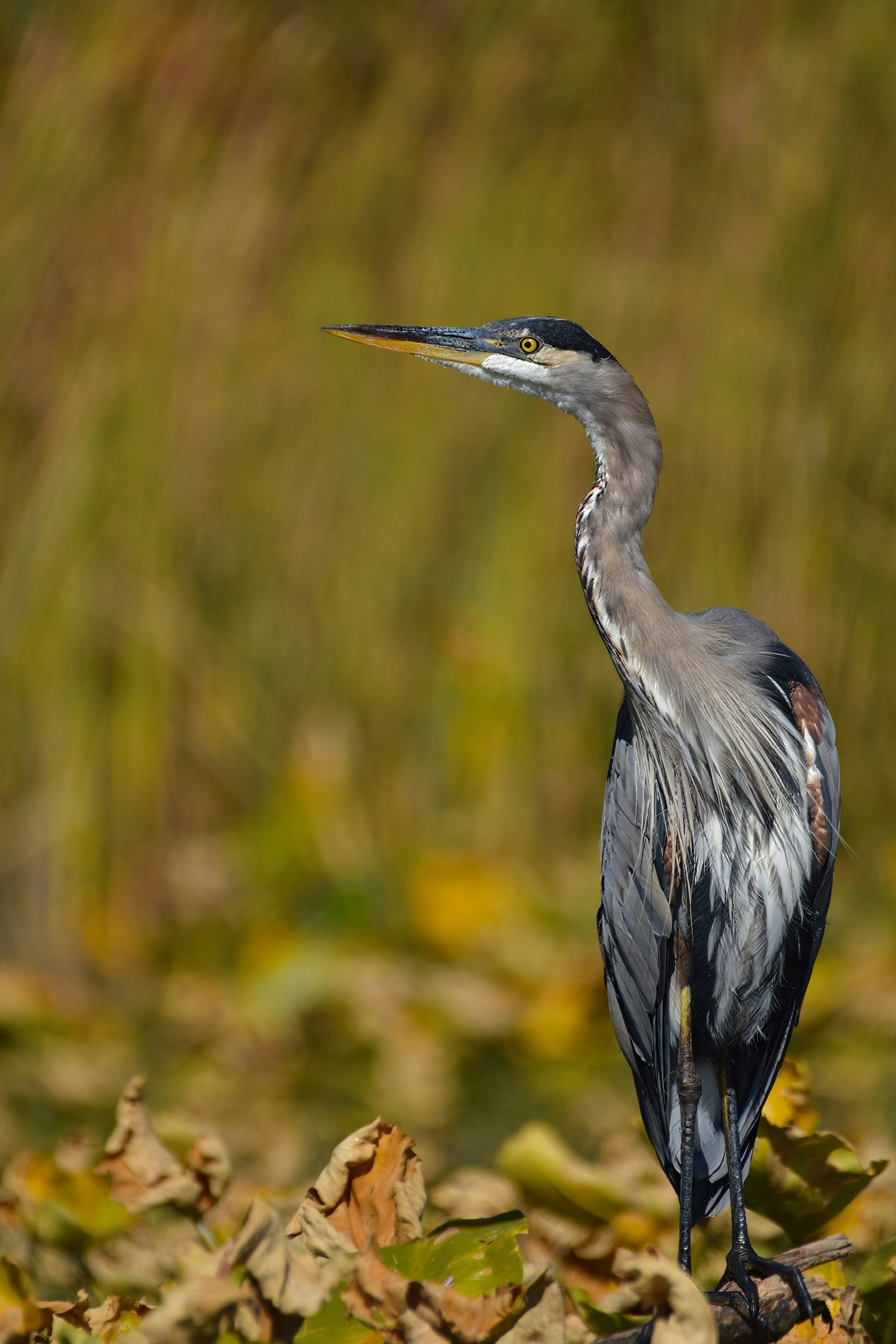It’s In Our Nature to Preserve Habitat
April 25, 2025
April 25, 2025
By Lindell Haggin, Conservancy Volunteer
Eons ago, the Little Spokane River Valley was created. For centuries, the Spokane Tribe benefited from its bounty. Salmon were abundant in addition to other flora and fauna that helped sustain them. The Spokane Tribe gathered with other tribes there to share their stories.
Over 400 years ago, European trappers and explorers arrived and harvested the furs that were in abundance. They were followed by others who settled and farmed the land. As more people came to this region, the impact became more significant. After multiple dams were put in on the Spokane and Columbia Rivers, there were no longer salmon in the region. But the beauty and natural wonder of the Little Spokane River Valley remained. Fortunately, there were individuals and public entities who recognized the need to protect the area.
Prior to the creation of the Little Spokane River Natural Area in 1985, the public did not have access to the Little Spokane River. In 1900 the Little Spokane River was considered non-navigable, meaning landowners adjacent to the river owned the land under the water and controlled access. After the establishment of the natural area, people can now legally canoe or kayak down that portion of the Little Spokane River.

While the Little Spokane River Natural Area was a great beginning, there were still long stretches of the
river that were vulnerable to development. Fortunately, Inland Northwest Land Conservancy
(INLC) was formed by a group of community members passionate about conservation and hired Chris DeForest as its first executive director in 1997. Around this same time, Spokane County initiated its Conservation Futures Fund with the goal to preserve natural habitat that was rapidly disappearing in this growing metropolis. Every few years the money in the Conservation Futures Fund is used to purchase properties nominated for consideration.

In 1996, Ken Haff approached INLC about donating 61 undeveloped acres to the organization. Haff was a developer who had created a conservation subdivision – a development that preserves a large portion of land as open space, while meeting local zoning or density requirements – on the terrace overlooking the Spokane River.
Because of Haff’s intent for his land, Chris encouraged the neighboring landowners, Linda Bass and her brother Stan Edburg, to rethink their plans for the adjoining 640 acres. They decided to protect the property rather than subdivide it for residential development.
By early 1998, DeForest was busy considering conservation deals, such as Haff’s 61 acres, and reviewing nominations for upcoming Conservation Futures funding. Of the thirty, DeForest highly recommended six projects – one being the VanHorn/Edburg/Bass property, 640 acres of natural habitat above the Little Spokane River Natural Area*.
INLC helped Haff understand that his acreage would be worth more for recreation and habitat if the VanHorn/Edburg/Bass section were purchased by the County. So, your Conservancy went to work championing the purchase by meeting with State Park staff, leading property tours, and gathering endorsements from numerous individuals and organizations including the Friends of the Little Spokane River Valley.
Typically, Park Board meetings are anything but dramatic, but in the fall of 1998 while DeForest was giving a strong endorsement for the VanHorn/ Edburg/Bass nomination, Haff stood up and offered to donate his 61 acres to County Parks if they would purchase the VanHorn/Edburg/Bass property. DeForest concluded by noting there were no other parcels of this size and quality in the city limits.
The combined 701 acres of ridgetops and ravines with fabulous views of the Spokane and Little Spokane Rivers was approved for purchase. This was a huge commitment for the relatively new Conservation Futures program, but thanks to Inland Northwest Land Conservancy, everyone could see how important this property was. This acquisition not only extended Riverside State Park’s Little Spokane River Natural Area, but was a major goal for INLC as an important wildlife connector! Putting the two properties together also made it possible to create what has become an extremely popular seven-mile loop, Knothead Trail, from the Painted Rocks parking area.
*According to the University of Washington’s Biodiversity Studio Project, there are two major wildlife corridors in this area and a rich diversity of birds, reptiles, and mammals. Four of the county’s eight Great Blue Heron rookeries are close to this property!